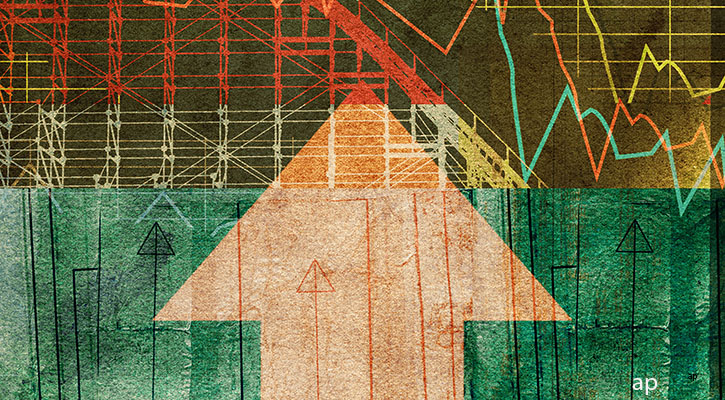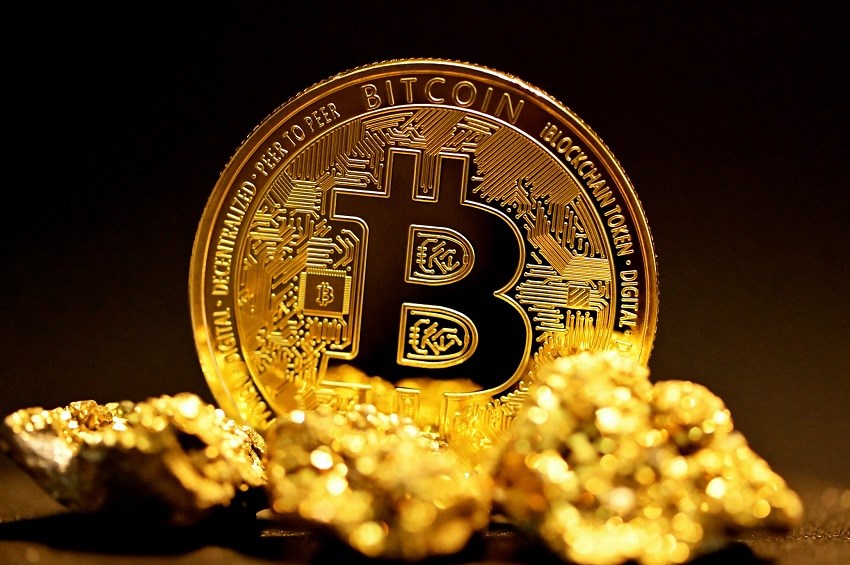
They’re related to crypto, they’re little digital images…NFTs are more than that and you should become familiar with these tokens, whether you intend to buy them or not.
What’s Exactly an NFT?
Non-fungible tokens (NFTs) are things that can’t be replaced. More specifically, they’re “intangible pieces of content that come with a digital signature that can be used to verify authenticity online,” says Morningstar’s Madeline Hume, Senior Research Analyst covering emerging asset classes. “Although NFTs are a digital asset, unlike other digital assets like cryptocurrency tokens, NFTs are unique and not interchangeable,” she adds.
Think of an NFT like a one-of-a-kind item (for example, a real-life painting) or one copy of many (think baseball cards, of which there are many copies but each with its own unique value), says Elliot Johnson, CIO and COO at Evolve ETFs, which recently launched the Evolve Cryptocurrencies ETF (ETC).
“Anything can be made into an NFT,” says Adam Henry, investment associate and resident crypto expert for Harbourfront Wealth Management in Winnipeg, “people take something like a Tweet, image, or meme and create an NFT of it, making it the ‘original’. Then that original can be bought and sold, similar to an art piece, and it cannot be replicated or ripped-off.”
How Are NFTs Used?
“Common applications of NFTs include digital artwork, concert tickets, and vaccine passports,” adds Hume.
The “ownership” with NFTs is represented by whoever’s holding the token, which in itself doesn’t hold the digital file or artwork, but rather a link to the file itself, or “essentially an entry on an excel spreadsheet,” says Bob Seeman, tech entrepreneur and author of the (only) bitcoin-skeptic book, “The Coinmen.” Between the marketplace that hosts the actual file, the account on that marketplace and the blockchain that contains that ‘link’ back to the file, you have an NFT.
Should Investors Care?
All of us could become familiar with NFTs, especially as companies and people come up with new real-world applications. Maybe they’ll be transit passes, movie tickets, or a fried chicken meal every week for life. But for now, NFTs are mostly associated with a bunch of people collecting and trading digital art. People invest in fine art. Why not NFTs?
In discussing whether investors should care about NFTs, let’s first consider the core crypto element – which means they come with crypto attributes to keep in mind. Ethereum is typically the token of choice for NFTs as it is modifiable. It is also used as the currency for purchase, which unfortunately uses a considerable amount of electricity as Vikram Barhat found for Morningstar.
Environmental concerns, which Johnson identifies as a potential downside for NFTs, might have ESG investors already making their decision, but another attribute of crypto is its ability to evolve. “The good news is that the Ethereum standard is already working on mitigating this issue as a cost-saving and efficiency initiative,” says Johnson. And there are cases to be made for socially-positive attributes of NFTs, such as bringing on newer cohorts of investors into the fold, or even as an educational tool.
“We've heard stories from clients that their kids learn about NFTs in school from an investing perspective,” says Henry, “We find this rather interesting, as the typical teenager couldn’t care less about traditional investing (stocks and bonds).”
It's also not a bad thing to improve ownership rights for artists who can finally stake a claim to their work in the digital world. “Many early adopters have been artists looking to leverage NFTs for income in the face of a precarious pandemic economy,” says Johnson.
Can You Even Display It?
Those looking to invest in NFTs should ask themselves whether they are comfortable with art ownership according to the blockchain – because, for the buyer, there are important differences to consider. “Limited edition art prints at least give a person the legal right to display the print anywhere,” says Seeman who is also a California Attorney, “Almost all NFTs do not.”
Also, art prints do not give the right to reproduce the print, but “neither do almost all NFTs,” Seeman points out, adding “it’s just a connection, not ownership rights.”
What if someone else copies and spreads my NFT around? No matter how many times NFTs are copied, the “artist or creator can still retain the copyright and reproduction rights (as with physical artwork),” Johnson says, even as the blockchain retains a record of the original owner.
Ownership of NFTs is Complicated
When a piece of digital art has ownership assigned to someone through the blockchain, it’s forever. Or at least until the next block on the blockchain is added – which could theoretically have a ‘license terminated’ note in it. “Yes, the artist owner could effectively terminate the NFT. However, the problem then becomes what value would the NFT have if the owner could unilaterally (i.e. with no court order) terminate an NFT simply because the owner asserted non-compliance?,” asks Seeman, “The NFT would evaporate.”
The blockchain structure of NFTs also brings up some privacy concerns vis-à-vis their potential “final form,” says Dan Olson, a Youtuber that recently put together a two-hour critique of NFTs. He explains that a blockchain-based future with NFTs specific to each person would be a big problem. Luckily this ESG risk is some ways off, but some social implications from the structure, volatility and virality of NFTs are present today.
“A lot of the questions I get from younger people is that they heard a friend say they made a lot of money on NFTs and want to get in on the excitement,” says Henry, “We're not sure if it is truly that beneficial to have a younger generation begin their investment journey by funnelling their savings into something, hoping for a 3x or 4x return in a month or two.” Remember, investing isn’t gambling.
NFTs Might Be a Bubble
Crypto’s anonymity aspect is a big problem for NFTs as investments when it comes to ‘wash trading’. Imagine a bunch of wallets, which each resemble a long string of random digits, all buying up one artist’s line of digital prints. With limited supply, the price soars. Did those wallets belong to the artist? Who knows? “One big problem with wash trading is that it occurs with an exchange so only the exchange sees what is happening,” says Seeman.
A recent Chainalysis report found significant levels of wash trading still persist today, so potential investors may want to wait for enforcement to catch up – or perhaps see how it plays out. Henry sees the possibility of a pop: “Using the Bubble Triangle theory – marketability, credit/money, and speculation being the three ‘fuels’ and the ‘spark’ being technology – you could see this space as a bubble.”
Should You Stick to Investing in Art?
“The price of art is determined by fashions,” cautions Dan Kemp, Global Chief Investment Officer for Morningstar Investment Management, “While some may be able to spot such fashions, most do not have this ability.”
Okay, what about full-time art collectors? Can’t there be the same with NFTs? There are fine art collectors and traders, says Seeman, but they’re experts. And that’s more of a profession than an investment, in order to keep up with fashion. “A good example of the impact of fashion has been the price falls in antique furniture. It shares many of the same characteristics as fine art but has been a terrible store of value,” adds Kemp.
The fine art world also faces questions about the integrity of its marketplace. Compare art authenticators to the “referees” during the sub-prime mortgage crisis. “The rating agencies had been bought-and-paid-for by the game’s most powerful players,” argues journalist Michael Lewis in a podcast episode on the inner-workings, and influencers, within the fine art market.
Is it possible to be an expert NFT buyer? Yes. Do they actively filter out all the wash trading? Yes. Are fine art collectors constantly watching out for fakes? Probably. Do you want your investments to face these kinds of risks? Not likely.
NFTs as NFTs
“I would think of art as something to be loved for its own sake rather than thought of as an investment,” says Kemp. You like the way it looks, sounds, feels and means. Art for art.
Seeman would love to own a NFT 1-in-10 print of a painting in the Louvre, perhaps as part of a charity fundraiser. That would be fun. That’s utility, he says. Johnson also sees opportunities to make things that are meaningful, “for example NBA Top Shot is a way for fans to 'own' a shot from their favourite games.”
NFTs are an interesting, versatile, and useful tool. Not an investment. That doesn’t mean they aren’t worth something. It’s just that all that matters is what they’re worth to you.









:quality(80)/cloudfront-us-east-1.images.arcpublishing.com/morningstar/MNPB4CP64NCNLA3MTELE3ISLRY.jpg)










